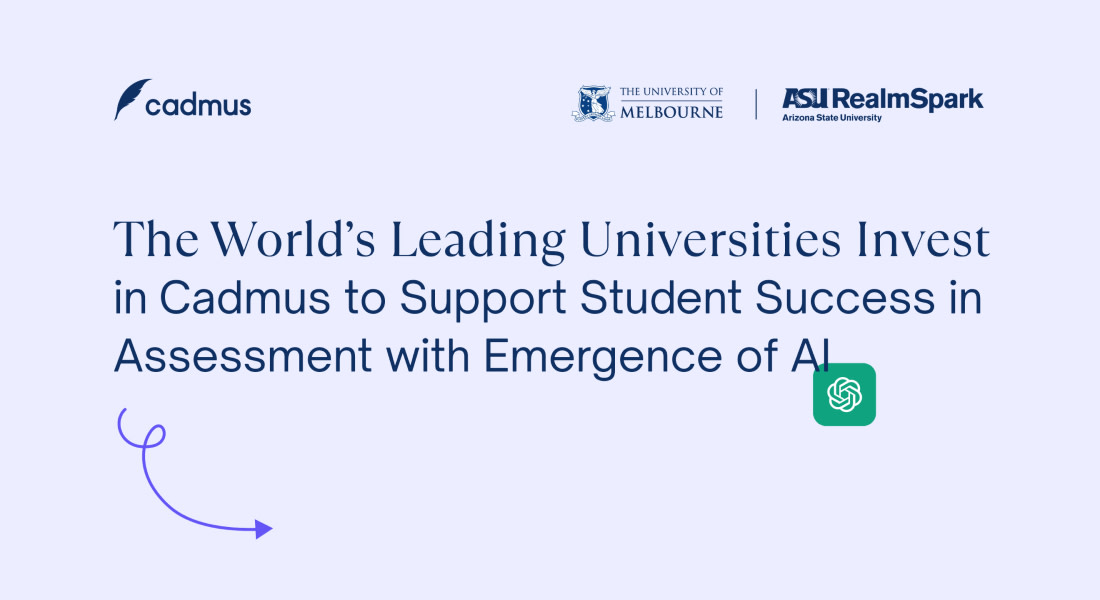How can teachers support students through exams?

As the 2022 student cohort gears up for first semester exams, teachers will be looking to support them through a traditionally stressful period. For some students starting university this year, it may be the first time they take an online exam. While others will be sitting in-person, invigilated exams for the first time in years.
Managing multiple exam formats, expectations, and the added stressors of blended learning, will be another challenge for teachers and students this year.
Exams can be a critical point for students deciding to continue with their studies.
In Australia, and indeed globally, there are record numbers of students withdrawing from courses compared to previous years. In Britain, new figures showed 18,000 students withdrew from courses by February, an increase of more than 4,000 in 2021.
So how can teachers help to prepare their students for exam periods in the new post-Covid world?
Help students take charge
The first point of call for teachers is to help students manage their own stress during a busy time. Often the first step is to help students recognise the stress and begin to develop processes to manage it themselves — an important lesson they can carry forward.
Most universities will have resources you can direct students towards, looking at different methods for managing stress. For example:
Putting the stress into perspective
Continuing to maintain their wellbeing through mindfulness, exercise and connection with their support network
Maintaining sleep
Limiting reliance on substances like caffeine or energy drinks to study longer
Accessing university counselling or support services for additional assistance
Here's an example from The University of Melbourne, which has a great online portal for student wellbeing during exam time.
Platform preparation is key
Regardless of how students are completing exams, it helps to be familiar with the environment. For many students, picking up a pen for an invigilated exam might feel foreign unless they have practised. Likewise, the best way to approach exams will vary between disciplines and types of tests, which is another way teachers can begin to prepare their students for success.
Just as important, is familiarising students with any technology they will use to conduct exams and assessments. If you are using Cadmus you can begin to prepare your students by setting up a practice exam in the platform, or providing an open assessment space for students to explore the functionality and understand key workflows.
Prevention is better than punishment
Where there are exams, there will always be measures in place to protect academic integrity — and it is certain that prevention is far better than punishment.
Professor Angela Hill, the Deputy Vice-Chancellor (Education) at Edith Cowan University, said in a recent assessment panel discussion, that when talking to students identified as breaching academic misconduct, the university found that most of them started the assessment tasks too late and panicked.
This rings true for exam periods too. The greater the pressure the student is under the more likely they will be to look for assistance.
“The idea is that we need to scaffold and support students to really engage early,” Professor Hill said.
By giving students plenty of time to prepare, along with clearly defined standards and objectives, teachers can guide students towards success. And with the right technology and support, students will have the scaffolding they need to approach exams with as much confidence as possible.

Keep learning…
The latest in teaching and learning. Delivered to your inbox.



